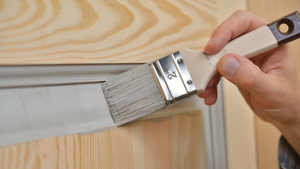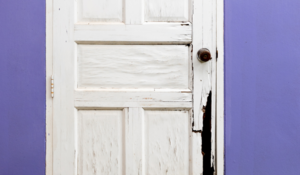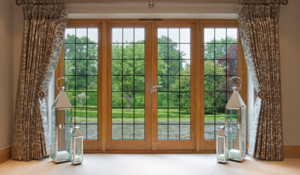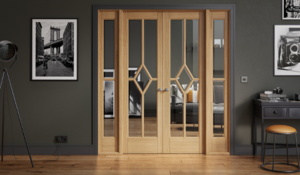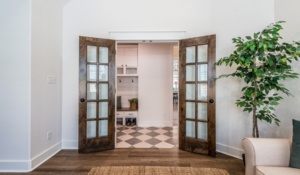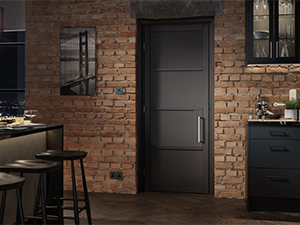Blog
Keep up to date with the latest news and comment on our blog.
30-10-2025
If your external doors are looking past their best, it might be time to consider refreshing them. Painting a front door is a brilliant, easy way to give your property some WOW factor and refresh your kerb appeal without breaking the bank.…
29-10-2025
Your front door is the entry way to your home and one of the first impressions people have from the kerbside. As with most external fixtures, your external doors are exposed to the elements year round meaning they often need a little TLC to …
30-09-2025
You’ve likely seen fire doors in hotels, restaurants and other businesses but do you know what they do? How they work? And how much of an impact they actually have on damage during fires? In this blog, we’re going t …
15-07-2025
What are Patio Doors? Patio doors, is a general term used to describe external doors which lead to outside areas such as patios, decking, gardens or balconies. They typically differ from single external doors such as back doors by co …
06-04-2023
When it comes to choosing new doors, oak and pine are two of the most popular choices available. Similar in appearance, these two woods make an excellent choice across a number of homes and commercial properties. But with differences …
22-02-2023
Whether you're replacing your internal doors for a fresh sense of style in your space or replacing broken doors it’s important to understand the fitting process. Understanding what you’ll need, how long it will take and h …
10-02-2023
Space seems to be the one commodity none of us have enough of. Modern lifestyles, busy households and a surge in remote working mean many of us are pining for more spacious living spaces now more than ever. While internal doors …
11-11-2022
Whether you’re picking a new door or refreshing an old one, styling your internal doors in different ways can help boost the overall aesthetic of your space. Depending on the look you’re trying to achieve different timbers, colo …

